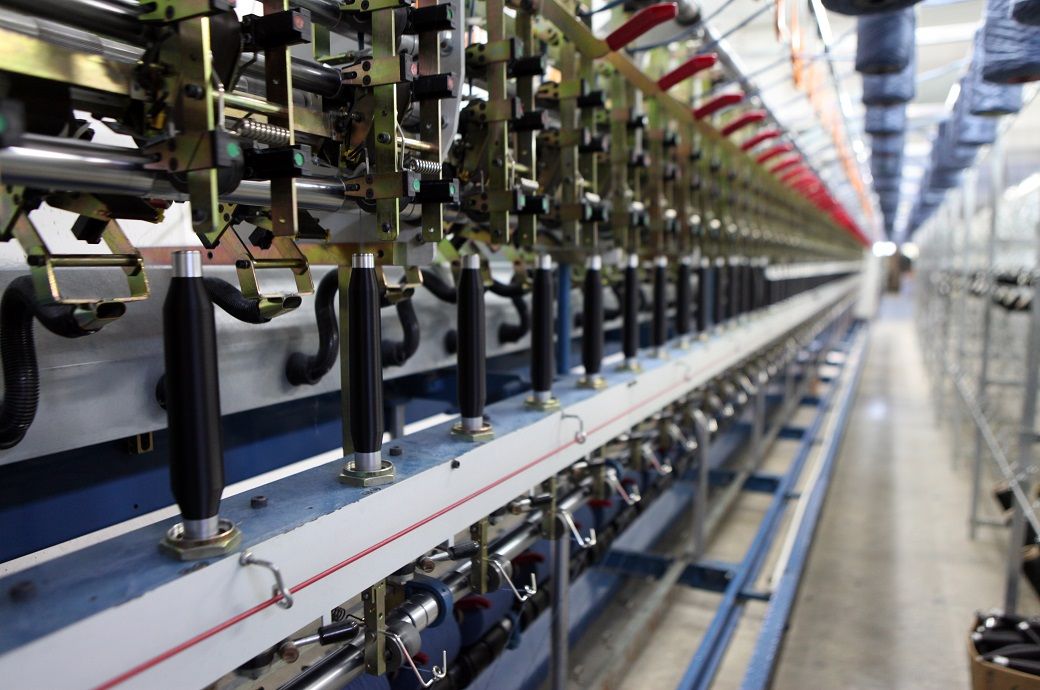Even though schools are back to in-person learning, the pandemic taught us something about how automating processes can save time–and if educators need more of anything, it’s time.
Students, parents, and staff can work smarter and more effectively with self-service forms, electronic signatures, pre-populated agreements, and automated approval processes.
You can transform your agreement process by eliminating paper, automating workflows, and connecting the systems within your organization as you learn best practices for human resources, special education/student services, and procurement.
Join this eSchool News webinar to learn how to succeed as your organization continues to go digital, including:
- How to digitally manage the teacher contract process efficiently and securely
- How to complete district wide student/family back-to-school forms remotely, including IEPs
- How to securely execute and track school purchases with audit trail reporting
More from eSchool News
One of my favorite parts of being an educator is the sense of community that is created with each new class of students. Fostering that feeling in person has its challenges of course, but is a bit easier to administer and coach when you’re face to face. When asked to build that same sense of community with my students through a computer screen as we went into a distance learning mode, my brain started to misfire. How am I going to do that? Are the students going to be engaged in their learning? Will they be able to feel that sense of belonging in a virtual classroom setting? So, after a few days of crying and worrying, I accepted this new challenge.
In response to the COVID-19 pandemic, school districts across the country have seen an influx of funding for student devices, internet access, and a variety of edtech tools. While equity of access is still a challenge in many communities, this new funding has advanced a unique opportunity for schools to create pathways to computer science education, overcoming some of the challenges that made it inaccessible to many students in the past.

:max_bytes(150000):strip_icc()/GettyImages-1475098356-1f5b531211874cf4a59139b1322add94.jpg)













